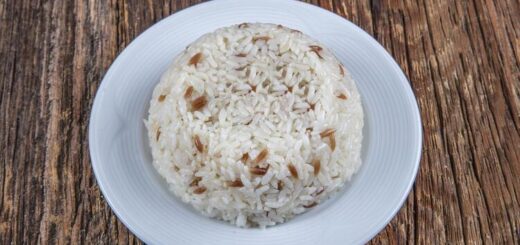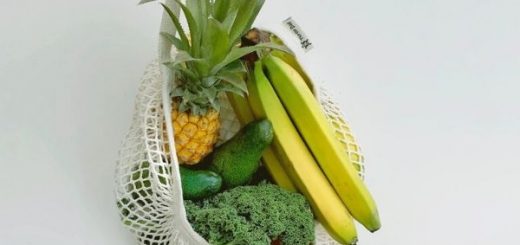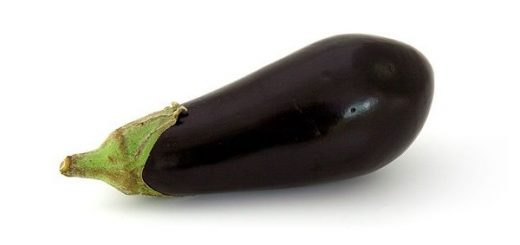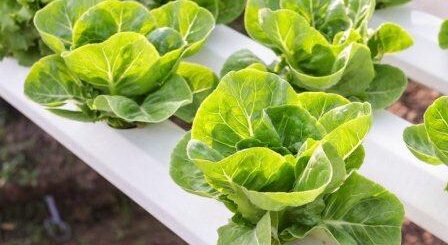4 Tips for Cooking Vegetables so You Don’t Lose Their Nutrients

A good way to enjoy vegetables is to cook them first. However, the wrong way to cook vegetables can actually remove a number of vitamins and change their nutritional quality. Therefore, you need to know how to properly cultivate vegetables.
Vegetables are rich in vitamins B complex and C. Unfortunately, both are water- soluble vitamins that are easily lost during the cooking process. How to properly cook vegetables can help prevent this.
How to cook vegetables so that the nutrients are not lost
The vegetable processing process starts when you clean the vegetables you want to cook. After that, you need to cut the vegetables into equal sizes so that they cook evenly.
Next, you will choose a cooking method based on the dish you are going to make. Whether steaming, boiling, or sautéing, each technique has its own effect on the nutritional quality of vegetables.
Below are various tips for cooking vegetables so that the nutrients in them are not lost that you can apply.
1. Wash vegetables under running water
Before starting to cook, you need to wash the vegetables properly first. This step aims to eliminate bacteria, germs, and residual pesticides on vegetables that can be detrimental to health.
Wash vegetables under running water, not by soaking them. Soaking vegetables will only remove the water-soluble vitamin B complex and vitamin C. Also use lukewarm water, because hot temperatures can damage vitamin C.
2. Cut vegetables into large shapes
The smaller the pieces of vegetables, the more nutrients will be lost during the cooking process. Make sure you cut the vegetables in large enough shapes. If the vegetables are small, you can cook them whole.
So, what if you don’t like big chunks of vegetables? Don’t worry, you can cut the vegetables into small pieces after cooking them. When the vegetables are cooked, the nutritional content will not be lost.
3. Pay attention to the time, temperature and water when cooking vegetables
The correct way to cook vegetables is to pay attention to the time, temperature, and amount of water you use. Cooking time is too long and the temperature is too high can remove the content of vitamin B1 and vitamin B3 as much as 60%.
In addition, vitamin C in vegetables can be damaged if exposed to water for too long. To overcome this, try processing vegetables by steaming. A number of studies have shown that this technique can maintain the vitamin C content of 80%.
4. Choose a suitable cooking method
The method or method of cooking also determines the amount of nutrients lost. Each type of dish has its own way of cooking, but it’s a good idea to choose a method that retains more of the vegetable’s nutritional content.
By choosing the right way to cook vegetables, you can get optimal amounts of nutrients. Below are some of the best methods for cooking vegetables.
Steaming
This is the best way to cook vegetables, especially for vegetables that contain water-soluble vitamins. The cooking technique by steaming does not use a lot of water so that the vitamin B complex and vitamin C will not dissolve much.
In addition, the steaming technique produces moderate heat. This temperature doesn’t burn, doesn’t destroy vitamins much, and doesn’t remove much liquid. This technique is suitable for cooking carrots, cauliflower, and other green leafy vegetables .
Baking
Grilling meat is common, but have you ever grilled vegetables over coals? This cooking technique can maintain the color, taste, and shape of the vegetables. In fact, the baking technique is also healthier than other techniques.
Vegetables for grilling should be fairly dense in texture, such as asparagus , pumpkin, chickpeas, carrots, or onions. Grease vegetables with oil, then roast over coals until cooked. Do not forget, set aside the charred vegetables.
Saute
This cooking technique is suitable for those of you who don’t like vegetables . Saute using a little oil and spices that will make the vegetables taste more savory. This technique can also preserve the color, taste, and nutritional value of vegetables.
You can stir-fry almost any type of vegetable. However, be careful if you saute green leafy vegetables. Leafy vegetables wilt more quickly, so stir-fry briefly to maintain their texture.
Boiling
This includes the most common ways of cooking vegetables. Boiling technique is easy, fast, and versatile. You can also use this technique to process various types of vegetables, from tubers to leaves.
However, the boiling technique has one drawback. You will use a lot of water and a constant high temperature. In fact, high temperatures can damage the quality of vitamins and water can dissolve them. As a result, the nutritional content of vegetables is reduced more.
Cook with a microwave
Microwaves are not only useful for heating leftovers , but also cooking vegetables. Even though the microwave has a high temperature, the cooking time with this appliance is usually shorter, so you don’t waste a lot of nutrients.
Several studies have found that microwave cooking is the best way to maintain antioxidant and vitamin content. Compared to other methods, the amount of vitamins lost is generally not more than 20-30%.
There are many different ways to cook vegetables, but many of them remove important nutrients. If you’ve been processing vegetables the wrong way, it’s time to change your habits in order to get optimal nutrient intake.











